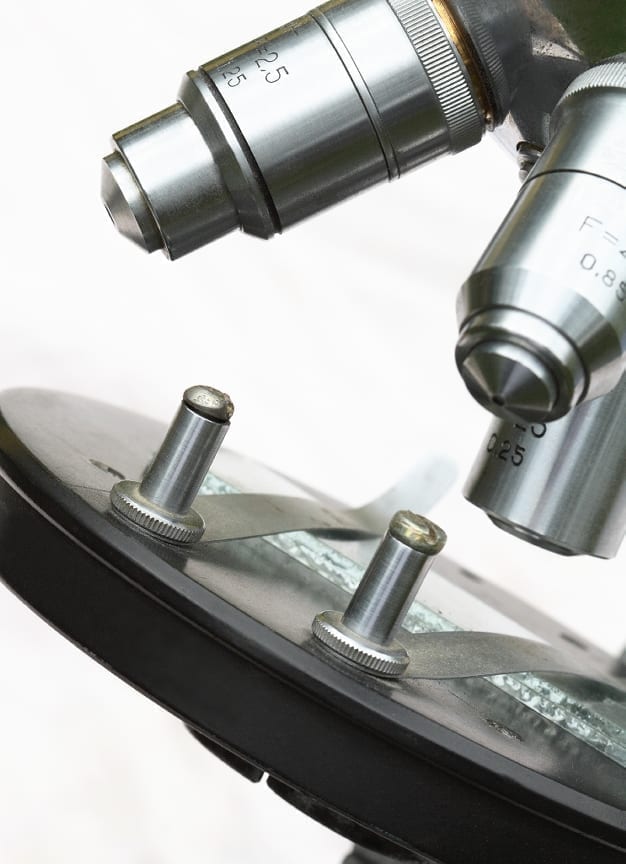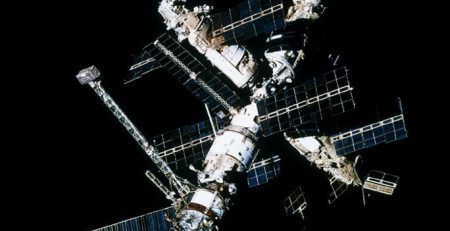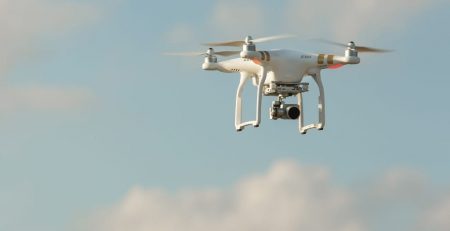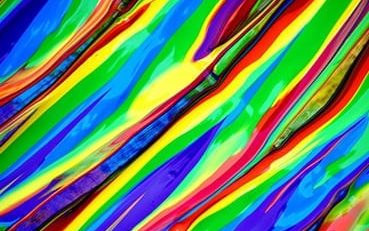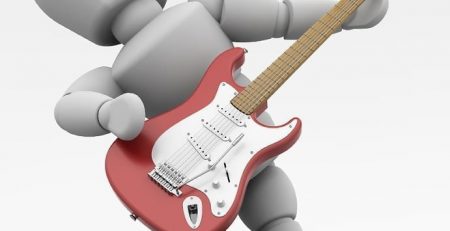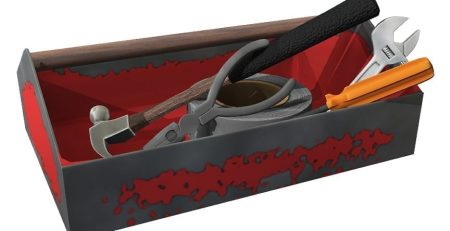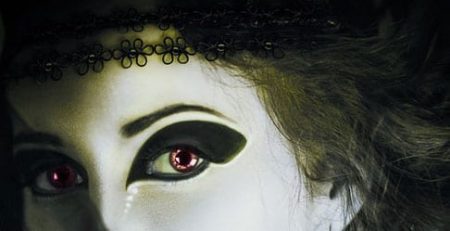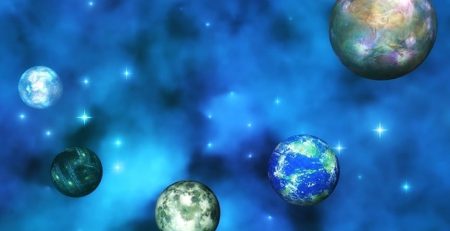New Type of Microscope Uses Neutrons
MIT and NASA have partnered together to develop a new type of microscope. Current microscopes uses light or electrons (subatomic particles with a negative charge) to create images of items. This new microscope uses neutrons, which has no electrical charge.
This lack of electrical charge in neutrons results in a couple of new abilities for the microscope. As a result neutron based instruments are also able to see into metal objects under a microscope. In addition this allows the new microscope to be able to be sensitive to magnetic properties. The neutron beams have low energy and as a result it will be able to help with analysis of biological sample as a benefit. Also other non-imaging neutron methods could benefit from this idea.
The original idea came Boris Khaykovich, he proposed modifying a 60 year old technology to build a new form of microscope. The original basic concept it is based on was proposed by Hans Wolter in 1952 and later developed by NASA. It was used in such telescopes as the Chandra X-ray Observatory in orbit around Earth. The idea came from focusing x-ray mirrors in a certain way in order. Previously neutrons were only used in pinhole cameras, but have never been used in high quality optics devices.
Neutrons only react with matter in a minimal way so it is difficult to focus them in order to make an image. The basic concept used to correct this is that mirrors when coated with a certain material will reflect neutrons at certain shallow angles. The new instrument uses reflective cylinders placed inside each other. What the nestled cylinders do is increase the service area available for reflection thus increasing the quality of the image.
For an initial proof of concept the team went digital. Next they went on and made a small instrument as a test and used a neutron beam facility at the Nuclear Laboratory at MIT to demonstrate its performance. They later went on to test the item at Oak Ridge National Laboratory and The National Institute of Standards and Technology (NIST). The next stop for the researchers is a plan to build a neutron-microscope system along with the NIST, estimated cost being a couple of million dollars.
The full concept has been outline in Nature Communications by Dazhi Liu, Boris Khaykovich, Mikhail V. Gubarev, J. Lee Robertson, Lowell Crow, Brian D. Ramsey and David E. Moncton




